In my article “My experience with the M.Zuiko Digital ED 8-25mm F4.0 PRO” I showed you already the 8-25mm lens and how flexible you can utilise it. In my holidays I have been in the Alps and visited the Almbachklamm nearby Berchtesgaden. I planned to use the E-M1 Mark III only with one lens. As the Almbach Gorge (Almbackklamm) is very narrow I decided to go with the 8-25mm F4 lens.
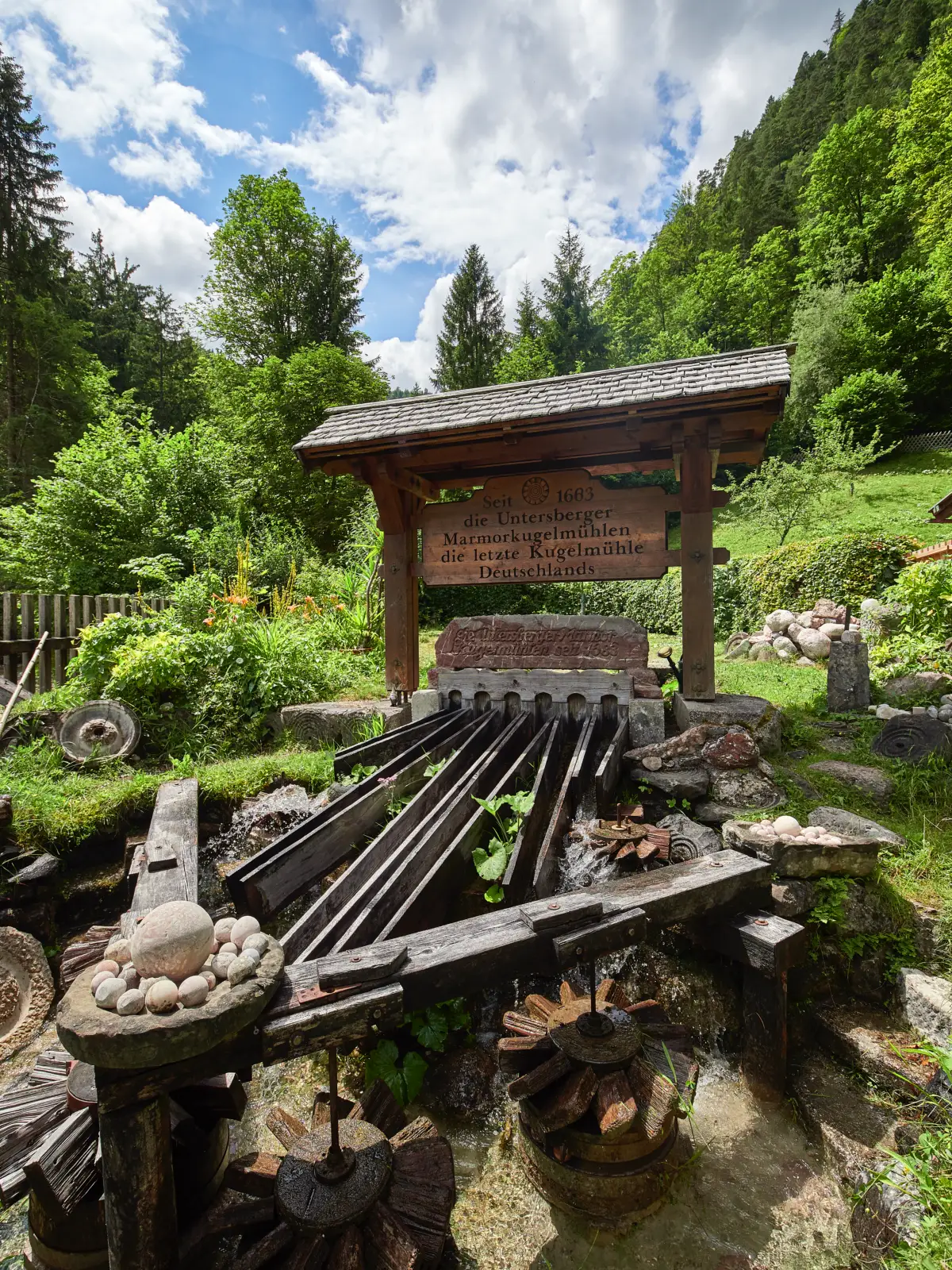
The Almbach Gorge
The Gorge is not far away from Berchtesgaden and close to the B305 in the direction of Salzburg. It belongs to the little village Marktschellenberg. At the entrance is the last working pebble mill, which is still producing marble balls with water power (title image). The gorge is 3km long and ends with the Theresienklause, a dam which was utilised to transport wood through it. The way back is again through the gorge or via the Etterberg and the church of pilgrimage “Maria Heimsuchung”. We left the gorge at half of the way and went directly to the Ettenberg. In case you would like to know more about the route you will find it here.
The gorge, the natural territory for the E-M1 Mark III and the M.Zuiko Digital ED 8-25mm F4 PRO lens
As mentioned earlier the E-M1 Mark III and the 8-25mm lens is the perfect combination for such a trip. The gorge is at least up to the half very narrow and a wide-angle lens is needed. In addition, there are a lot of motifs, which are a bit farer away. Means that the zoom area of the lens will be completely used. Right at the beginning, there is a small ravine. You can reach via a little bridge and therefore a nice easy motif.
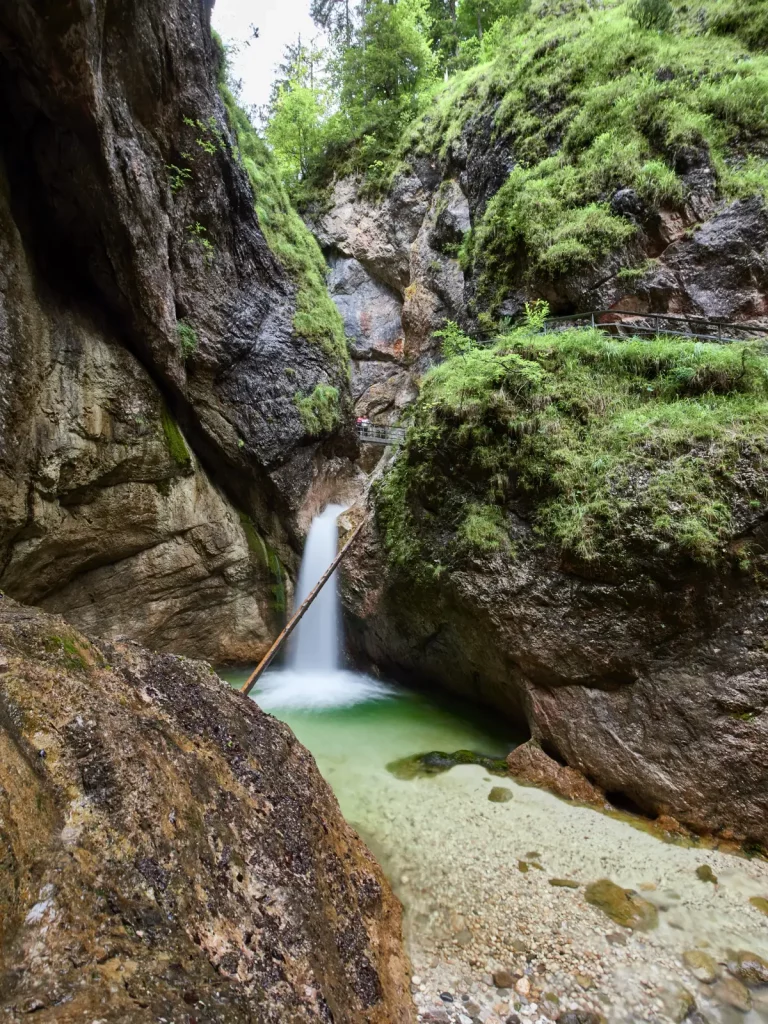
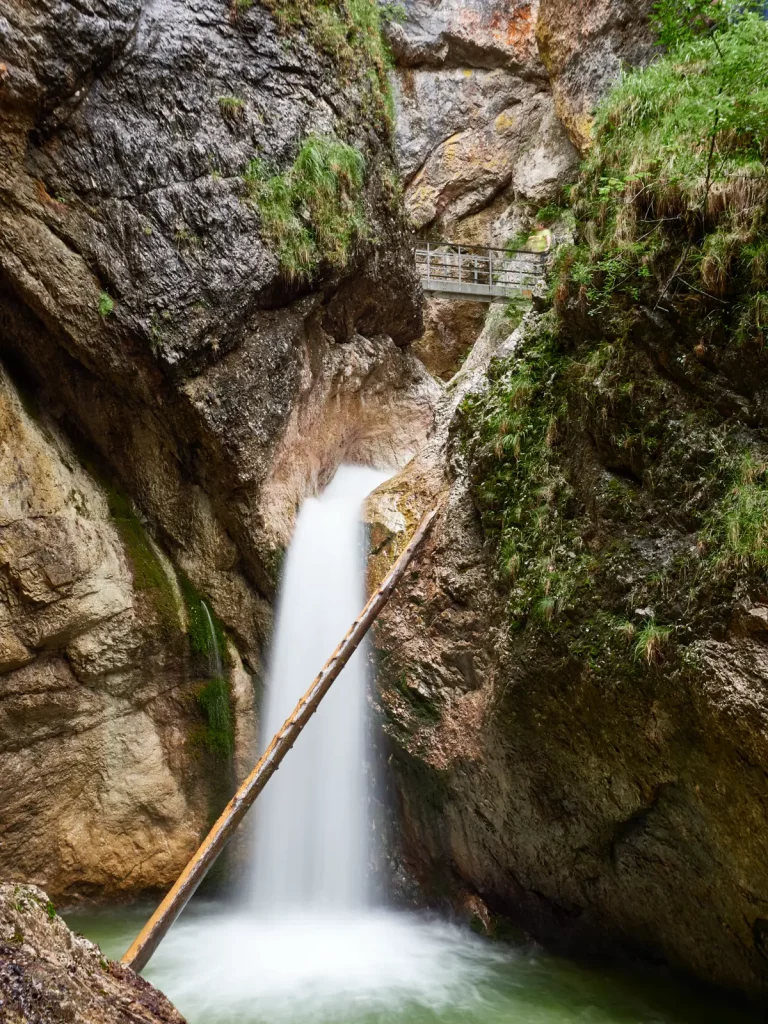
The images already show how useful the zoom range of the lens is. It shows how it can be utilised to create your image. Also the E-M1 Mark III is the fitting camera for such a hike. With the built-in LiveND filter you can make long time exposures. A physical ND filter is not needed. Thanks to the image stabilization you can realize these images without a tripod. You. can leave it at home and save weight.
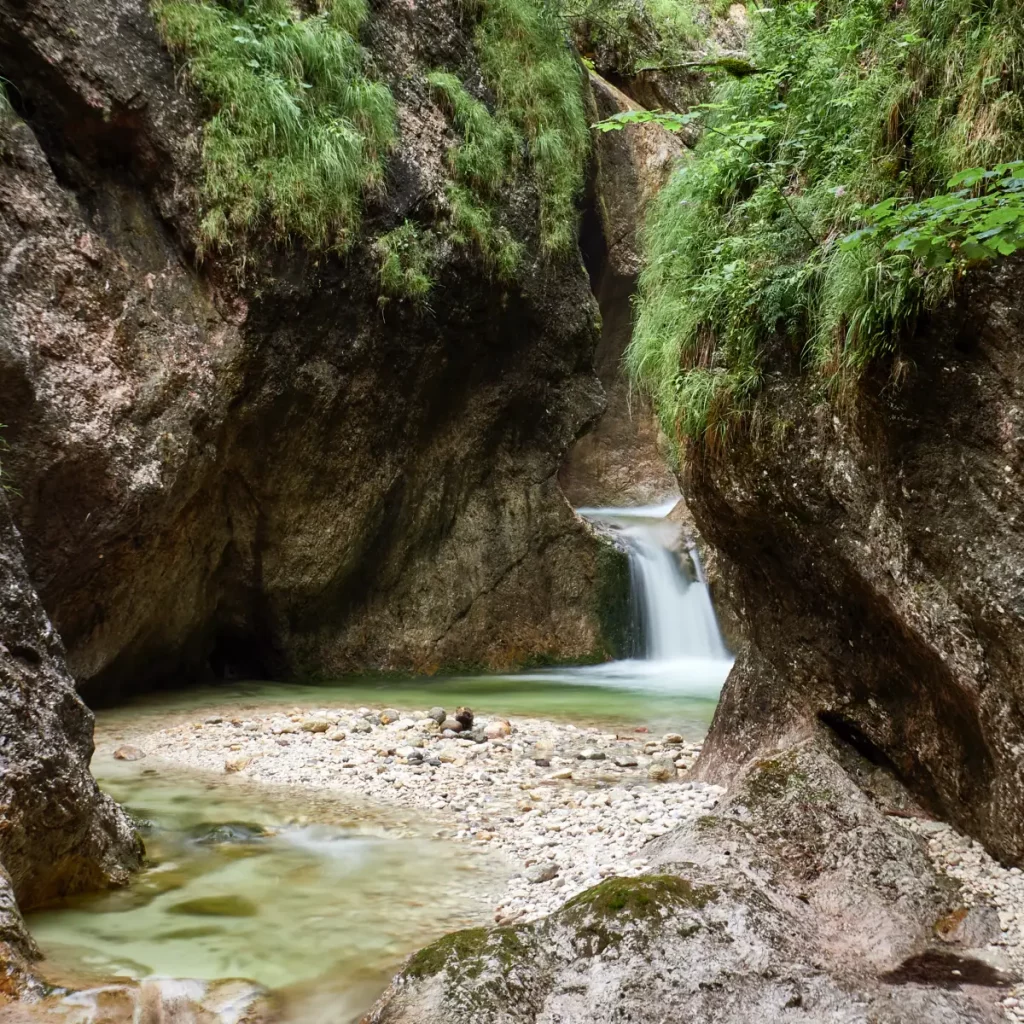
Many claims that zoom lenses are only used in their extreme focal lengths. In this case 8mm or 25mm. However, this hike showed something else. I also used the focal lengths between the extremes, depending on how the composition of the picture required it. The picture of the church, for example, was made with 18mm. The picture of the watercourse was taken with 14mm.
Conclusion
As already indicated in the headline, the decision to take the M.Zuiko Digital ED 8-25mm F4 PRO with me on the hike was, in retrospect, exactly the right one. The lens covered exactly what was needed with the focal length range. But the E-M1 Mark III was also able to show its strengths to the full. In particular, the image stabilization in combination with the built-in LiveND filters was very helpful in realizing images that would normally only have been possible with a tripod and physical filters. So I only had one camera with one lens with me. I could leave the tripod and ND filter at home. This saved a lot of weight, which would otherwise have burdened me on the hike.
More information also at “My experience with the M.Zuiko Digital ED 8-25mm F4.0 PRO”
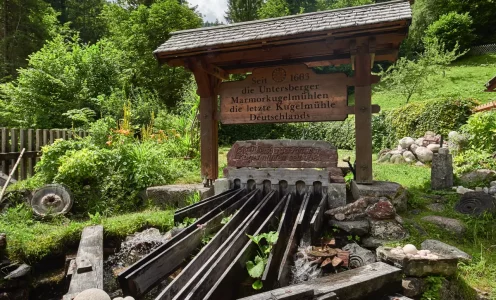
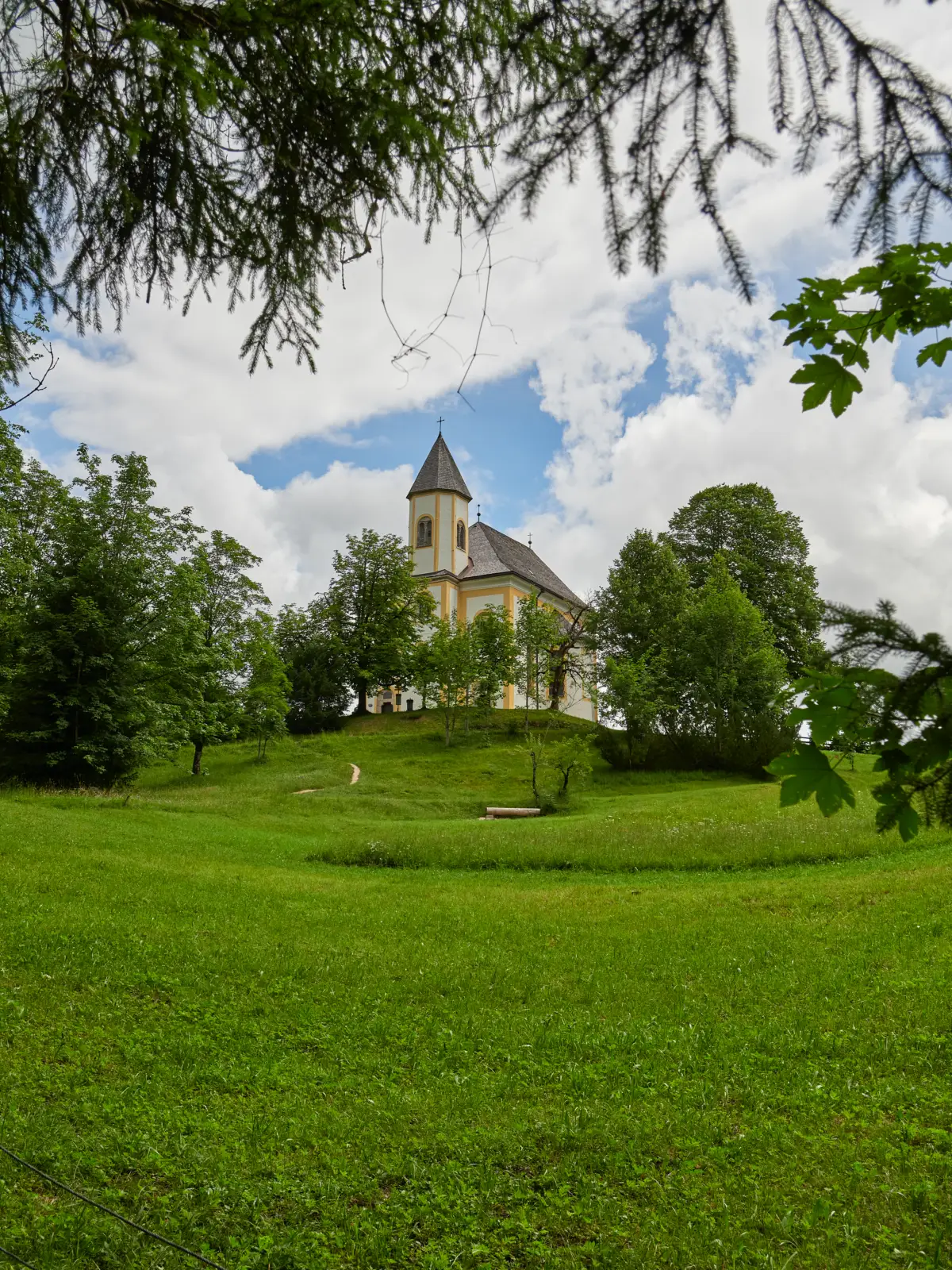
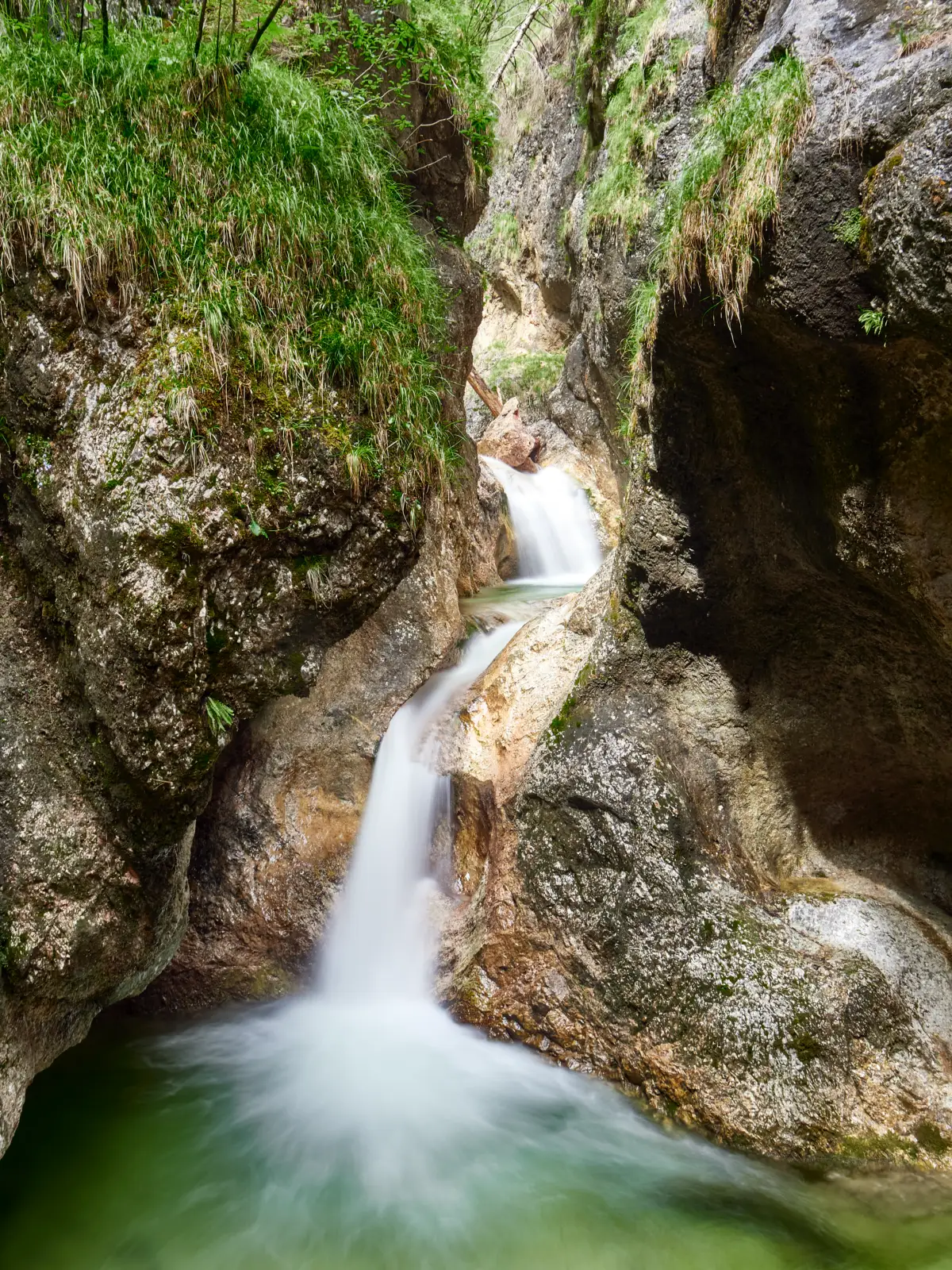
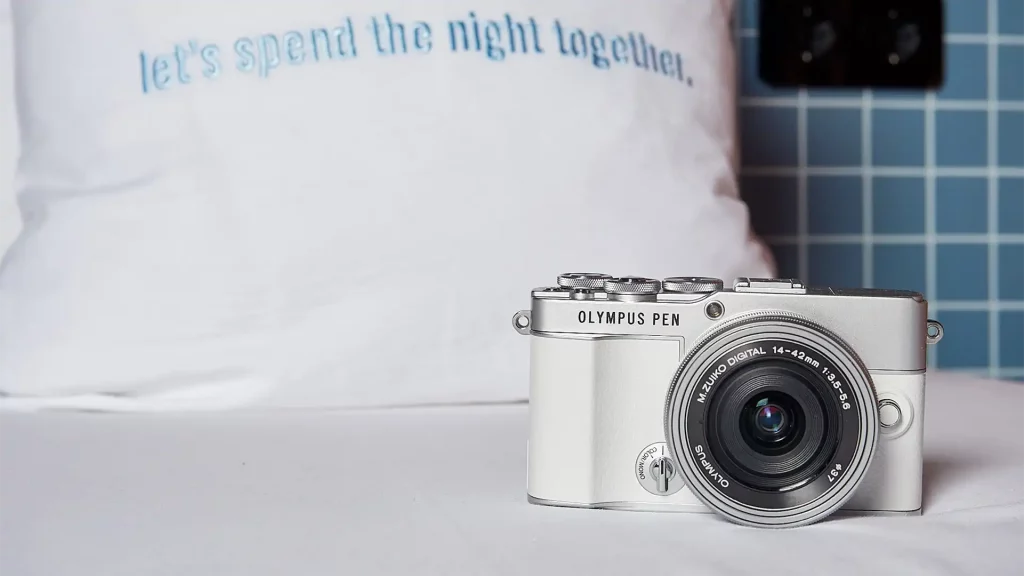
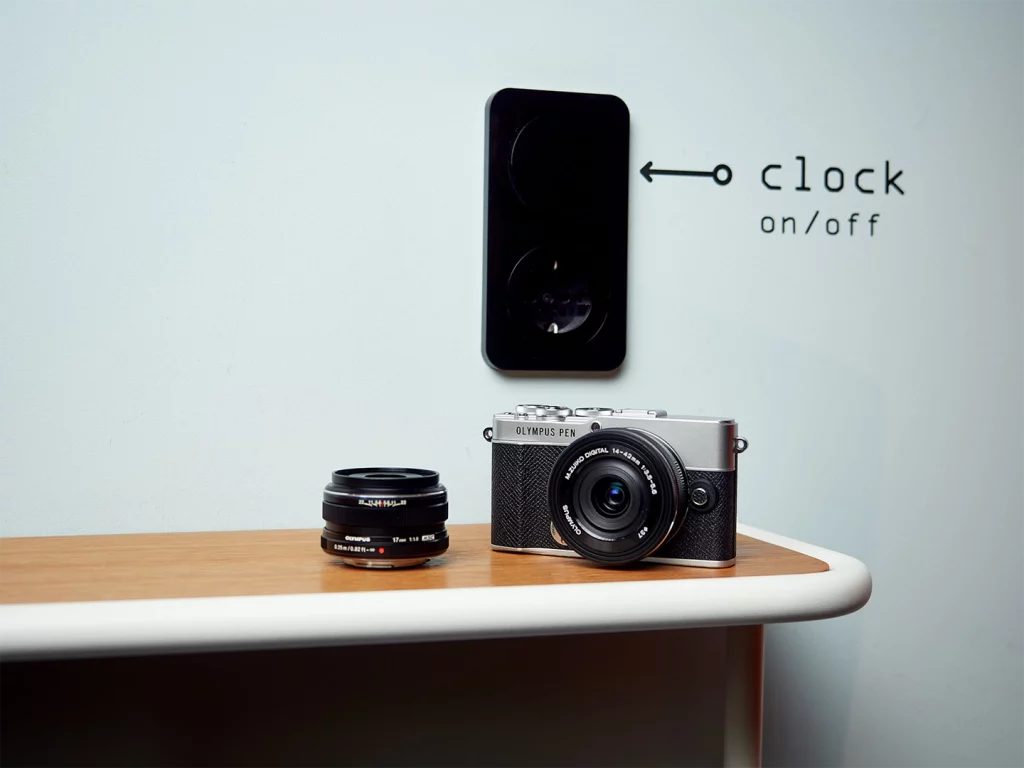
Pingback: My experience with the M.Zuiko Digital ED 8-25mm F4.0 PRO - Michael Guthmann